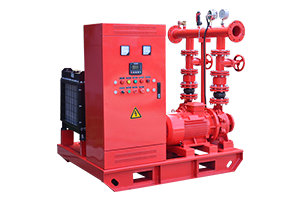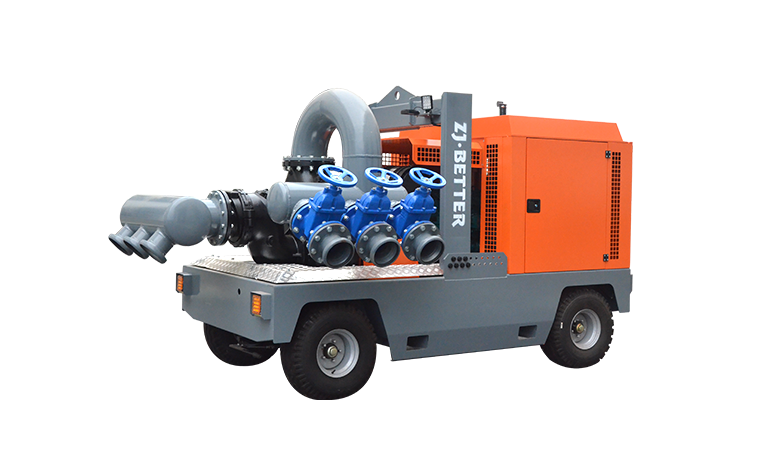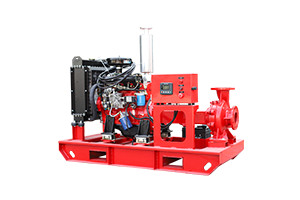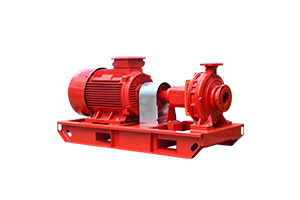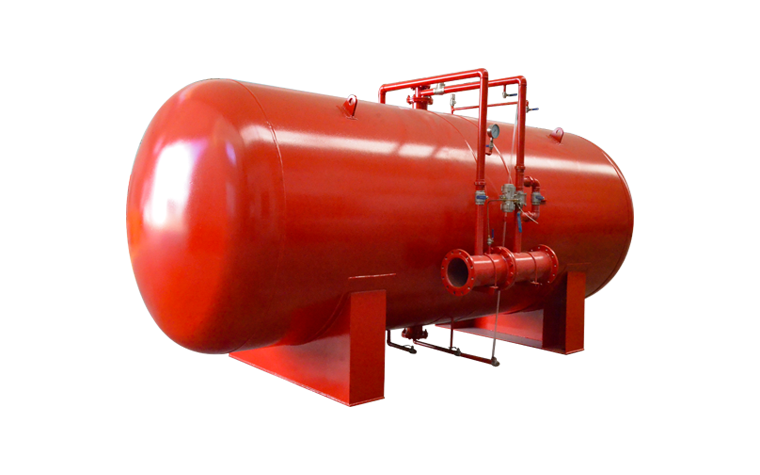How to Minimize Wear and Tear on Your Fire Pump?
Fire pumps are critical components of fire protection systems, ensuring water is delivered at the right pressure during an emergency. However, constant use, improper maintenance, and environmental factors can cause excessive wear and tear, leading to costly repairs or failures. To maximize the lifespan and efficiency of your fire pump, follow these key preventive measures.
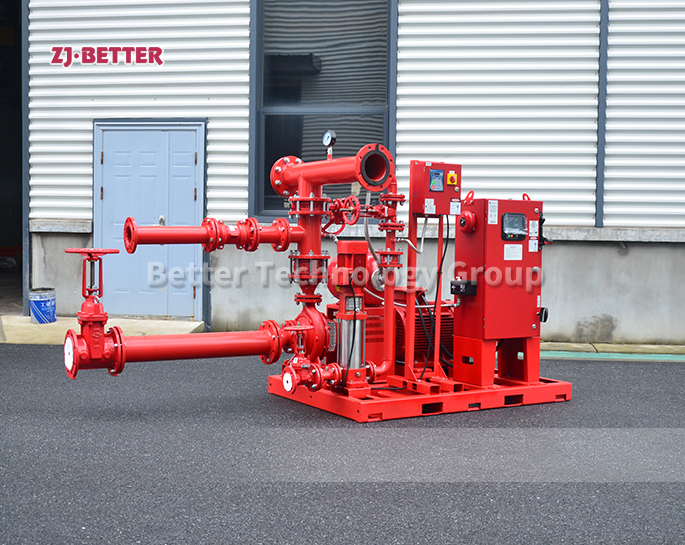
1. Regular Maintenance and Inspection
Routine maintenance is essential to keep fire pumps in top condition. Follow a strict maintenance schedule that includes:
- Weekly visual inspections to check for leaks, corrosion, or loose connections.
- Monthly and annual testing as per NFPA 20 standards.
- Checking for unusual vibrations or noises that indicate internal issues.
2. Proper Lubrication
Lubrication reduces friction and prevents premature wear in rotating components. Ensure:
- Bearings and moving parts are properly lubricated with manufacturer-approved lubricants.
- Lubricant levels are checked regularly to avoid overheating and damage.
3. Prevent Overheating
Overheating can lead to severe damage to motor and pump components. To prevent this:
- Maintain adequate ventilation in pump rooms.
- Check for clogged cooling passages and remove debris.
- Ensure water supply is sufficient to prevent dry running.
4. Align and Balance the Pump Correctly
Misalignment can cause excessive vibration, leading to component wear and inefficiency. Ensure:
- The pump and motor are precisely aligned during installation.
- Couplings and bearings are inspected and adjusted as needed.
5. Keep the Pump Free from Cavitation
Cavitation, caused by inadequate water supply or high suction lift, creates air bubbles that can damage the pump impeller. Prevent cavitation by:
- Ensuring proper suction piping design.
- Keeping suction strainers clean and free from blockages.
- Monitoring pressure levels to detect abnormal fluctuations.
6. Test and Exercise the Pump Regularly
Running the pump periodically prevents stagnation, reduces internal corrosion, and ensures components remain functional. Follow these best practices:
- Conduct a no-flow (churn) test weekly.
- Perform an annual flow test to verify performance.
- Check pressure relief valves and controllers for proper function.
7. Use High-Quality Replacement Parts
When replacing worn-out components, always use manufacturer-approved parts. Low-quality replacements can compromise efficiency and longevity.
Conclusion
By following these maintenance strategies, you can significantly reduce wear and tear on your fire pump, ensuring reliability when it matters most. A well-maintained fire pump not only enhances fire protection but also saves costs on repairs and replacements. Always adhere to NFPA 20 guidelines and consult a professional for in-depth maintenance assessments.
Want expert advice on fire pump maintenance? Contact Better Technology Group today!

